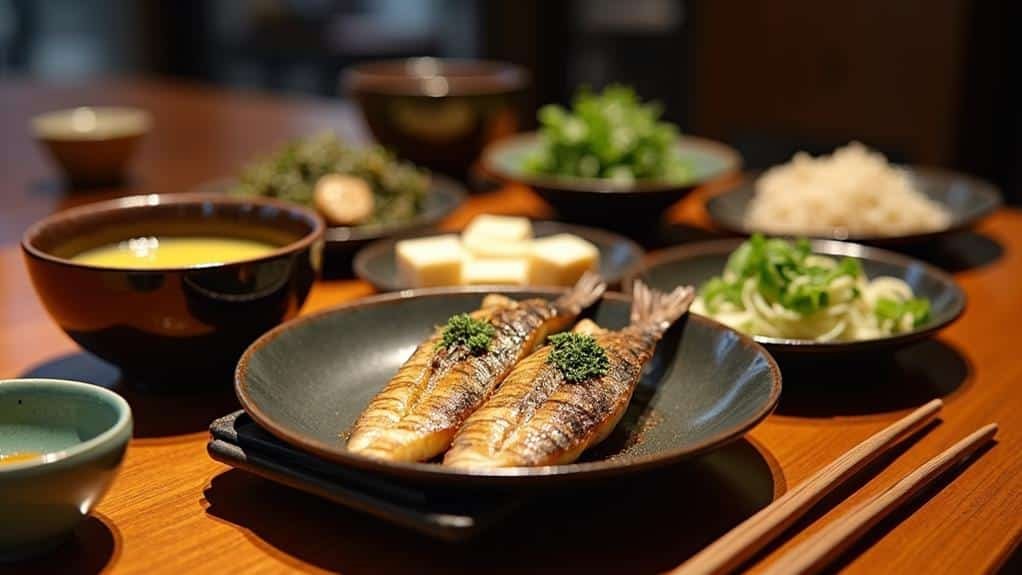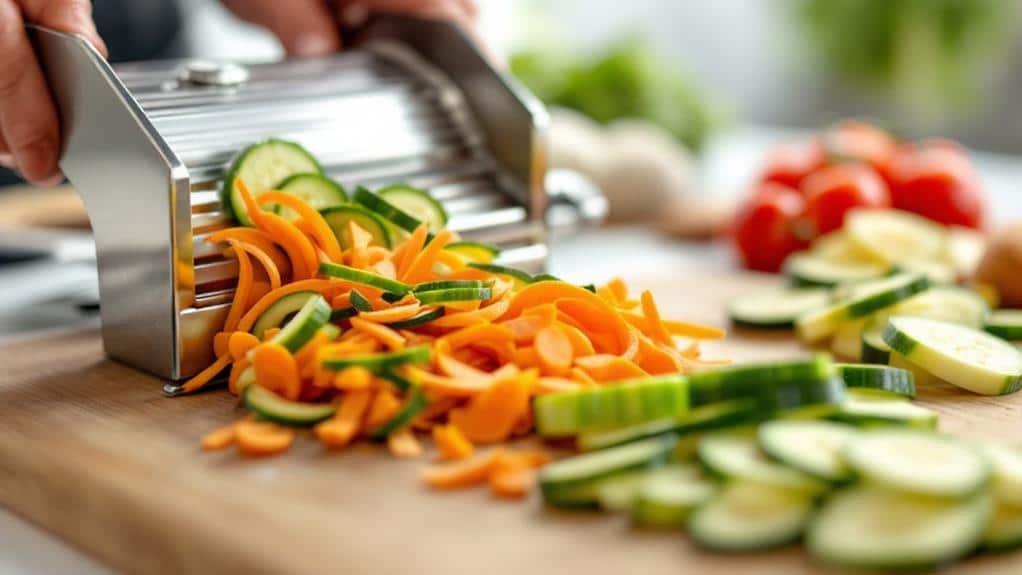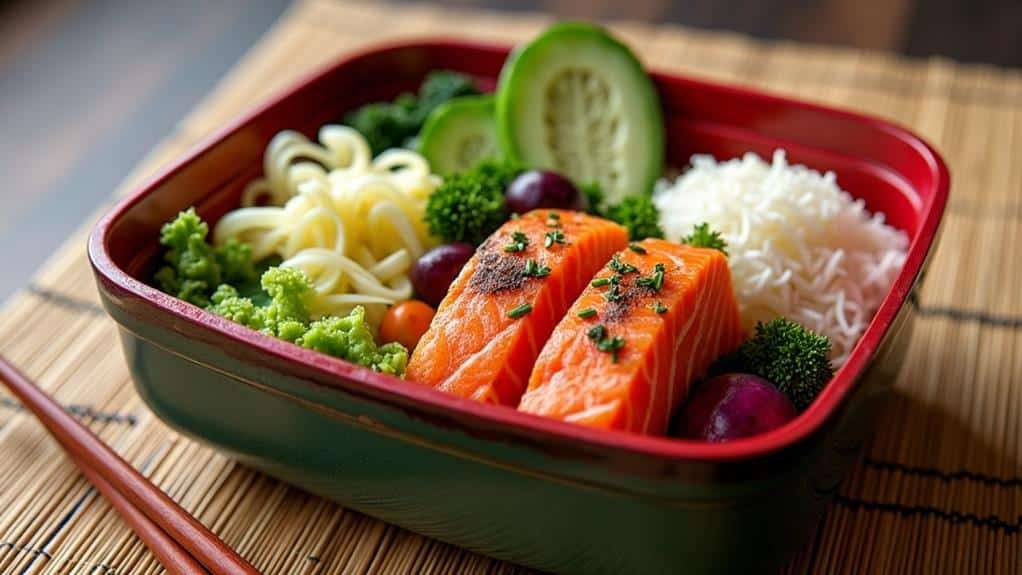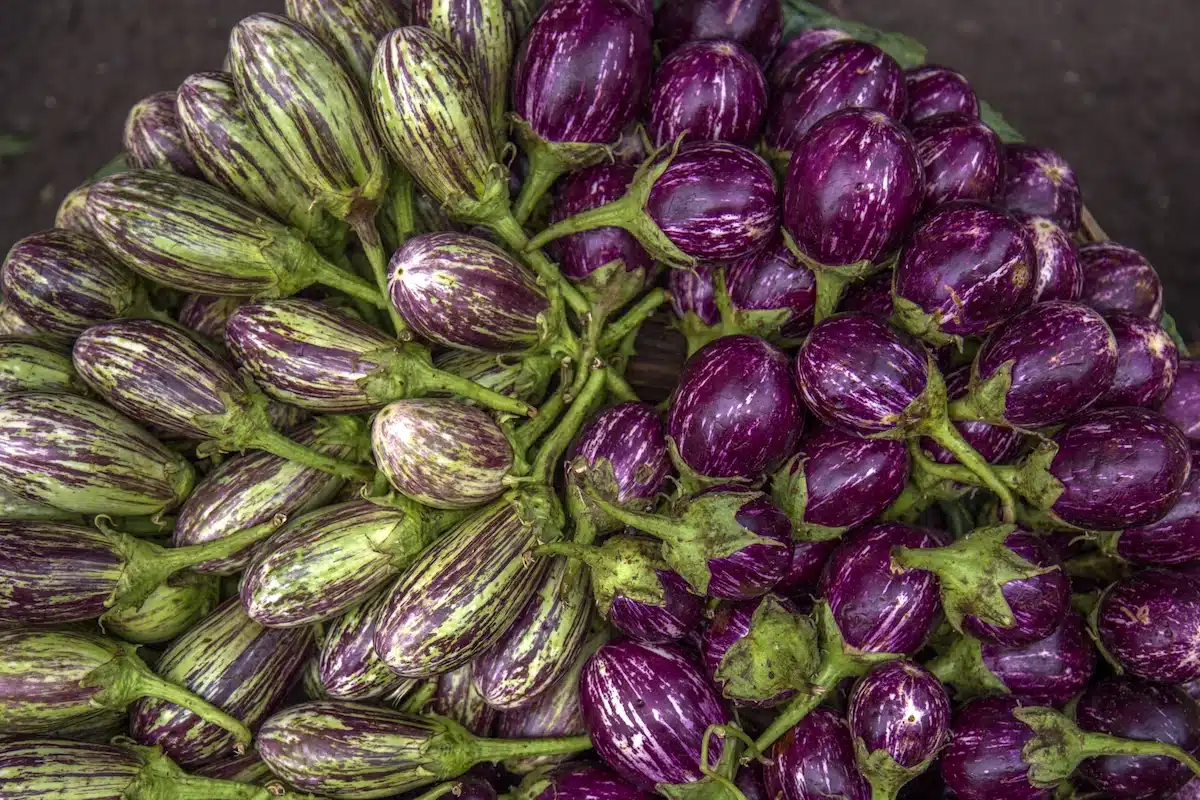You’ll discover a world of delicious and diabetes-friendly options when you explore low-glycemic Japanese dinner ideas. From soba noodle salads to miso-glazed eggplant, these dishes offer a perfect balance of flavour and health. Swap traditional rice for cauliflower in your sushi rolls, or try shirataki noodle ramen for a guilt-free slurp. Don’t forget the umami-packed miso and antioxidant-rich green tea to round out your meal. With clever ingredient substitutions and cooking techniques, you can enjoy the best of Japanese cuisine while keeping your blood sugar in check. Ready to set off on a tasty journey that’ll have your taste buds dancing and your doctor smiling?
Key Highlights for Japanese Dinner
- Soba noodle salad offers a low-calorie, high-protein option with buckwheat noodles and fresh vegetables.
- Miso-glazed eggplant provides a flavorful, low-glycemic vegetable dish rich in antioxidants.
- Tofu and vegetable stir-fry create a colourful, protein-rich meal with minimal impact on blood sugar.
- Shirataki noodle ramen is a guilt-free alternative to traditional ramen, with very low carbohydrate content.
- Grilled mackerel with daikon radish combines healthy fats and fibre for a satisfying, diabetes-friendly dinner.
In this Article
Japanese Cuisine’s Health Benefits
While many cuisines boast health benefits, Japanese food stands out for its unique combination of nutritional value and low glycemic impact.
Traditional ingredients and seasonal flavours play a starring role in this cuisine, offering a delicious way to manage blood sugar levels. It’s like nature’s own medicine cabinet, but tastier!
Don’t worry, you won’t be sacrificing flavor for health. Japanese cuisine is about balance – a concept that’ll make your taste buds and body equally happy.
From umami-rich miso to antioxidant-packed green tea, you’re in for a treat that’s as good for you as it’s delicious.
Low Sodium Content Promotes Health
Reducing sodium intake is a key benefit of traditional Japanese cuisine. Many Japanese dinner dishes rely on umami-rich ingredients like seaweed, mushrooms, and fermented foods to enhance flavour without adding salt.
It’s like a culinary magic trick that’ll keep your taste buds dancing and your blood pressure in check!
But don’t worry, you’re not sacrificing flavor for health. Japanese chefs have mastered the art of using sodium alternatives like miso, which packs a flavorful punch without the health impacts of excessive salt.
And let’s be honest, who doesn’t want to feel like they’re indulging in a delicious meal while secretly being kind to their body?
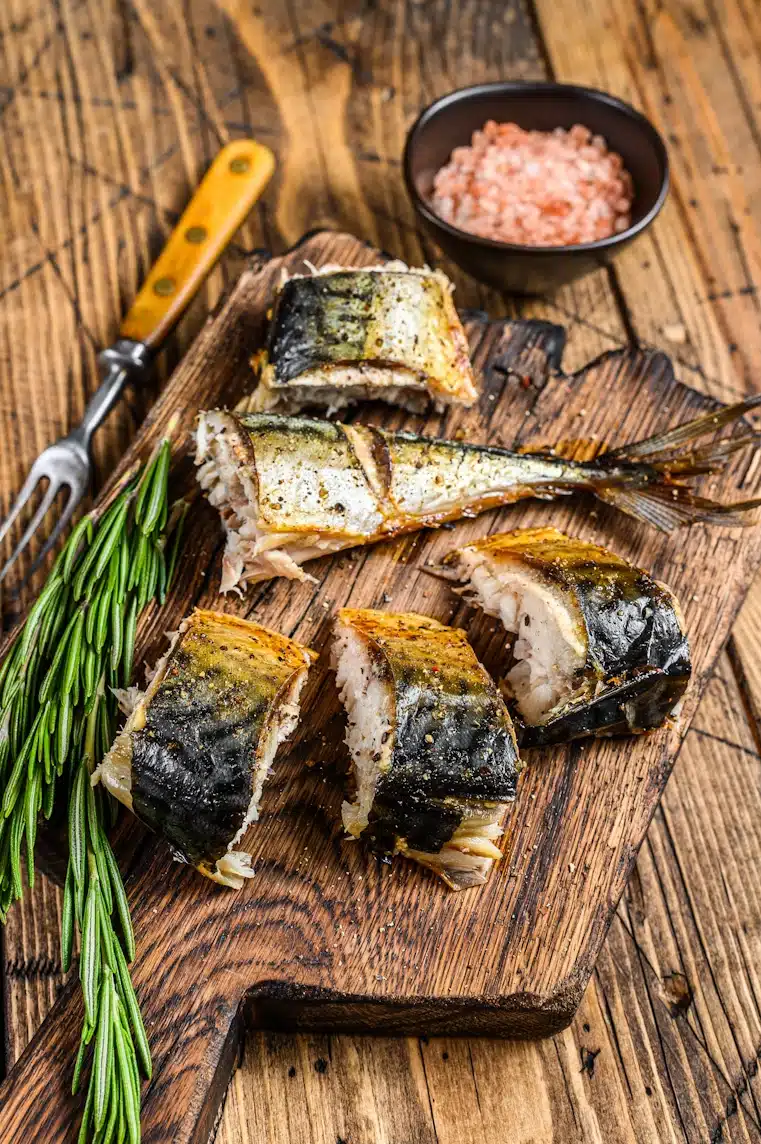
Top 5 Low-GI Japanese Dinner Dishes
Now that we’ve explored the sodium-smart side of Japanese cuisine, let’s turn our attention to some specific dishes that’ll keep your blood sugar steady.
You’ll love these top 5 low-GI Japanese dishes that blend traditional recipes with health-conscious twists:
- Soba Noodle Salad: Buckwheat’s your new best friend!
- Miso-Glazed Eggplant: Who knew veggies could be this exciting?
- Tofu and Vegetable Stir-Fry: Protein-packed and oh-so-colorful.
- Shirataki Noodle Ramen: Slurp away without the guilt.
- Grilled Mackerel with Daikon: Fish that’s both tasty and virtuous.
These dishes aren’t only delicious but also rich in essential nutrients.
For instance, the soba noodles used in the salad are lower in calories and higher in protein and fibre than traditional pasta, making them an excellent choice for managing blood glucose levels.
These dishes are packed with low GI ingredients that’ll have your taste buds dancing and your blood sugar behaving.
Who says eating healthy can’t be an adventure? Give these a whirl, and you might find yourself saying “sayonara” to boring dinners!
Quick Sushi-Making Techniques
Sushi lovers, rejoice! You don’t need to be a master chef to whip up some low-glycemic sushi at home.
Let’s explore some quick sushi-making techniques that’ll have you rolling in no time. First up, sushi rolling: grab a bamboo mat (or a clean kitchen towel if you’re feeling rebellious) and get ready to party.
Start with nori sheets, spread a thin layer of cauliflower rice (yes, you heard that right), and add your favourite low-GI fillings.
Now, here’s where the fun begins—ingredient substitutions! Swap traditional rice for quinoa or use cucumber strips instead of nori.
Who says you can’t break the rules? With these tricks up your sleeve, you’ll be creating diabetes-friendly sushi masterpieces faster than you can say “wasabi”!
Choosing Low-Glycemic Soy Sauces
When choosing low-glycemic soy sauces, you’ll need to navigate a sea of options. Don’t worry – it’s not as intimidating as it sounds! Traditional soy sauce might spike your blood sugar, but there’s a world of alternative soy sauces waiting to tantalize your taste buds.
Look for naturally brewed or fermented options. These bad boys pack a flavour punch while keeping your glucose levels in check. The fermentation benefits are two-fold: they reduce the sauce’s glycemic impact and enhance its umami goodness. Win-win!
You might be thinking, “But won’t I miss my beloved Kikkoman?” Fear not, adventurous eater! Tamari and coconut aminos are here to save the day. They’ll add depth to your dishes without sending your blood sugar on a roller coaster ride.
Japanese Dinner Frequently Asked Questions
Can Diabetics Eat Rice in Japanese Cuisine?
You can enjoy rice in Japanese cuisine but watch your portioning. It’s all about glycemic balance. Don’t let diabetes hold you back—embrace the freedom to savour diverse flavours while managing your health wisely.
Are There Low-Carb Alternatives to Traditional Japanese Noodles?
Noodle lovers, rejoice! You’ve got options that won’t weigh you down. Shirataki noodles and konjac pasta are your low-carb saviours. These alternatives will free you from traditional noodle constraints while satisfying your Japanese cuisine cravings.
How Can I Make Tempura Diabetic-Friendly?
Explore healthier alternatives to make tempura diabetic-friendly. Try using almond or coconut flour instead of wheat flour. Opt for air frying or baking instead of deep frying. You’ll still enjoy crispy, delicious tempura without compromising your freedom.
What Japanese Desserts Are Suitable for Diabetics?
Did you know 90% of Japanese desserts contain sugar? Don’t let that stop you! You can enjoy diabetic-friendly options like mochi made with sugar substitutes or fruit daifuku. Remember, portion control is key to savouring these treats guilt-free.
Are There Any Japanese Cooking Techniques That Naturally Lower Glycemic Index?
You’ll love experimenting with Japanese cooking techniques that naturally lower glycemic impact. Try slow simmering to release flavours without added sugars. Embrace fermentation’s benefits, like in miso or pickles, to enhance taste while keeping blood sugar in check.
Conclusion
You’ve commenced a delicious journey through low-glycemic Japanese dinner cuisine, and now you’re armed with a culinary arsenal fit for a samurai chef! Like a perfectly balanced bento box, you’ve got all the elements to create diabetic-friendly meals that’ll make your taste buds dance and your blood sugar behave. Remember, just as a single grain of rice can tip the scale, small changes in your diet can make a big difference. So grab those chopsticks and dig in – your body will thank you!

